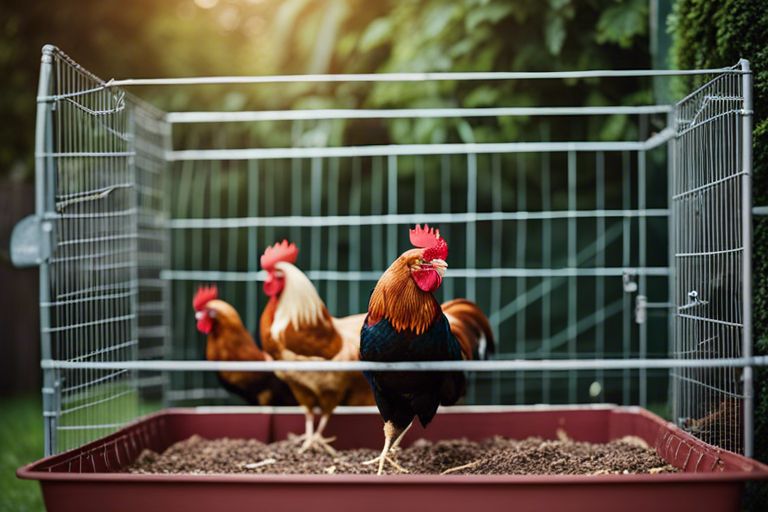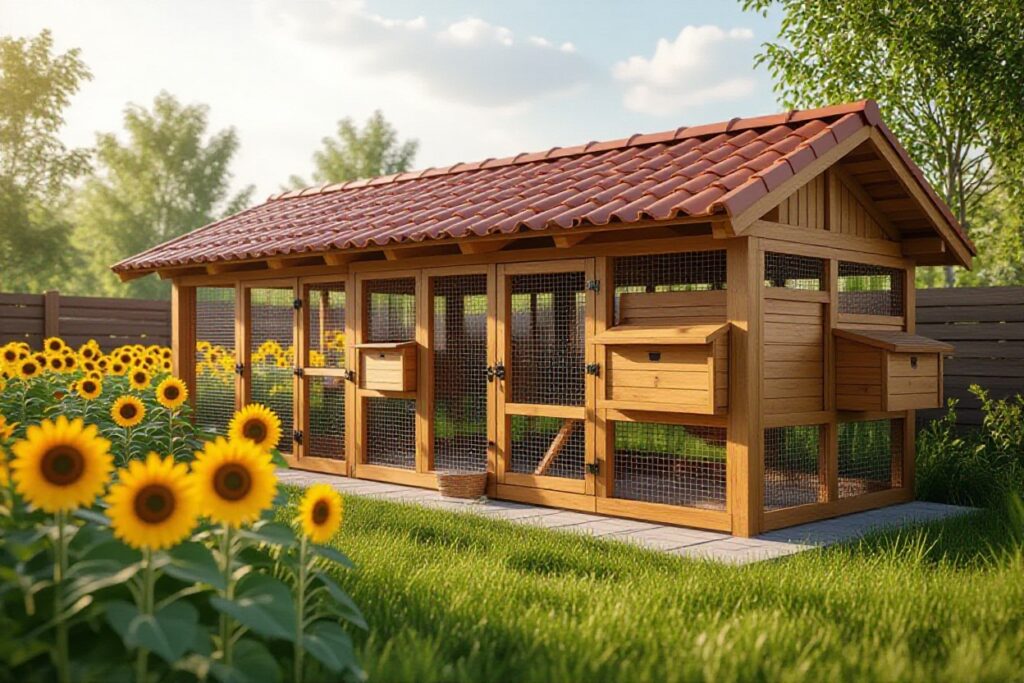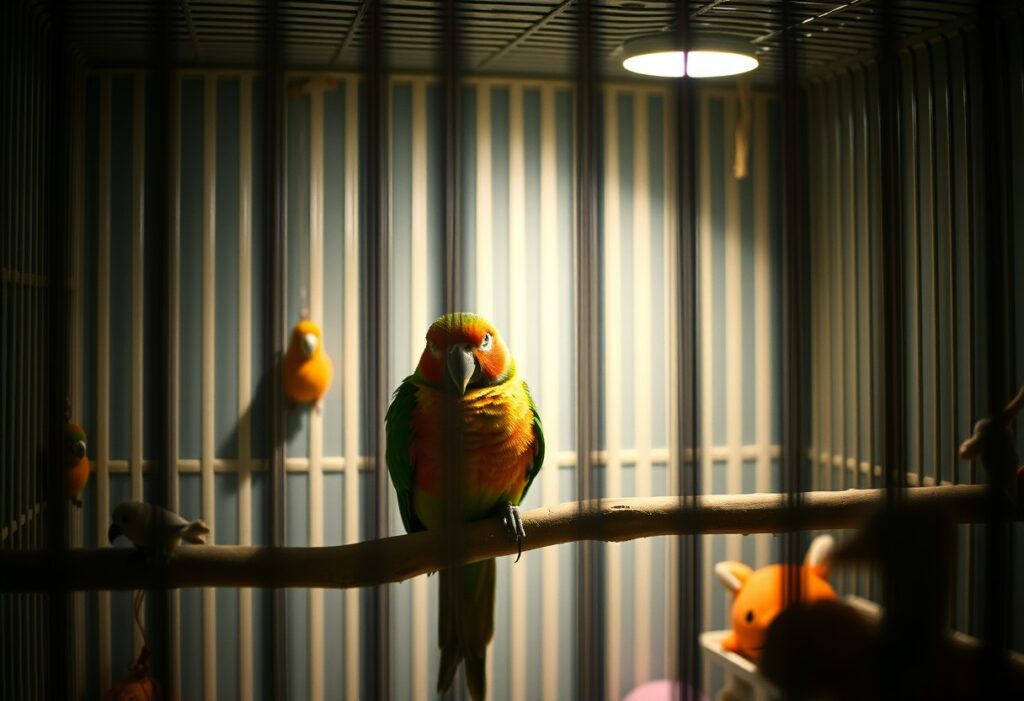It is crucial for every poultry farmer to provide their flock with a comfortable and secure place to roost. Roosts play a crucial role in the well-being of chickens, offering them a safe spot to rest, sleep, and socialize. Pertaining to building the perfect coop for your flock, there are several factors to consider, from the size and design of the roosting area to the materials used and overall layout. In this guide, we will explore the key elements of creating an ideal rooster roost setup that will keep your feathered friends happy and healthy.
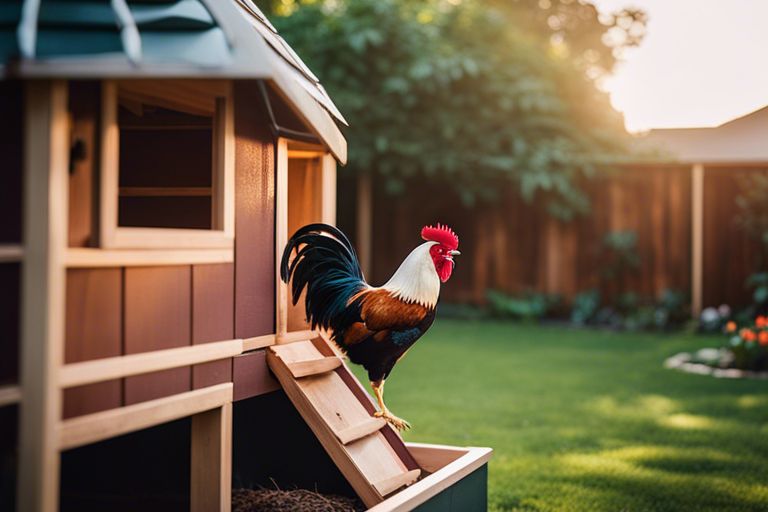
Understanding Rooster Behavior and Needs
The Social Dynamics of Roosters
Your roosters are the leaders of the flock, responsible for protecting the hens and maintaining order within the coop. They establish a pecking order through displays of dominance and aggression, which can sometimes lead to fights among roosters. Providing enough space and hiding spots in the coop can help minimize conflicts and ensure a harmonious environment for your flock.
The Physical Necessities for a Healthy Roost
Understanding the physical needs of your roosters is important for building the perfect coop. Roosters require perches or roosts to sleep on at night, as they prefer to be elevated off the ground to feel safe from predators. Additionally, adequate ventilation, proper lighting, and nesting boxes are crucial for keeping your roosters healthy and comfortable.
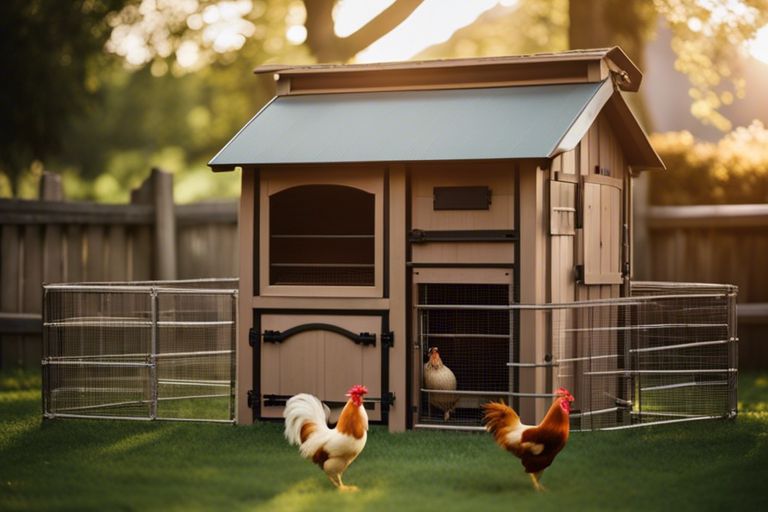
Designing Your Coop
Location and Size Considerations
One of the critical aspects to consider when designing your coop is the location and size. To ensure the health and well-being of your flock, the coop should be placed in an area with good drainage, protection from extreme weather conditions, and ample sunlight. The size of the coop should allow for at least 2-3 square feet of space per bird to prevent overcrowding and promote a comfortable living environment.
Material Selection for Durability and Comfort
With respect to selecting materials for your coop, durability and comfort are key factors to consider. Size and design of the coop determine the amount of material needed. Opt for sturdy materials like pressure-treated wood or metal for longevity and easy maintenance. Ensure proper ventilation and insulation for comfort, especially during extreme weather conditions.
In addition to durability, remember to consider the comfort of your feathered friends. Choose materials that are easy to clean and sanitize to maintain a healthy living environment for your flock. Comfortable roosting bars and nesting boxes will provide a cozy retreat for your chickens.
Features of a Perfect Rooster Roost
Nesting Boxes and Bedding
Bedding plays a crucial role in creating a comfortable and clean environment for your flock. Choose bedding material that is absorbent, such as straw or pine shavings, to help keep the nesting boxes dry and odor-free. Regularly cleaning and changing the bedding can prevent mites and lice infestations, ensuring the health of your chickens.
Ventilation and Temperature Control
Temperature control is crucial for the well-being of your roosters. Providing proper ventilation to prevent the buildup of harmful gases like ammonia is critical. Additionally, regulating the temperature inside the coop is important to keep your flock healthy. Take a look at the following table for more detailed information:
| Ventilation | Temperature Control |
| Good airflow without drafts | Use heat lamps in winter |
| Windows with adjustable vents | Provide shade in summer |
Safety Features to Protect Against Predators
With the increasing risks of predation, it is crucial to incorporate safety features into your rooster roost. Features such as sturdy locks, wire mesh flooring, and motion-activated lights can deter predators and protect your flock from harm. Safety should always be a top priority when designing the perfect rooster coop.
Accessibility for Maintenance and Egg Collection
Collection eggs and maintaining the coop should be hassle-free tasks to ensure the well-being of your flock. A well-designed coop should have easy access points for egg collection and cleaning. Consider features like removable nesting boxes and sliding doors for convenient access. This will make daily chores easier and help you maintain a healthy environment for your roosters.
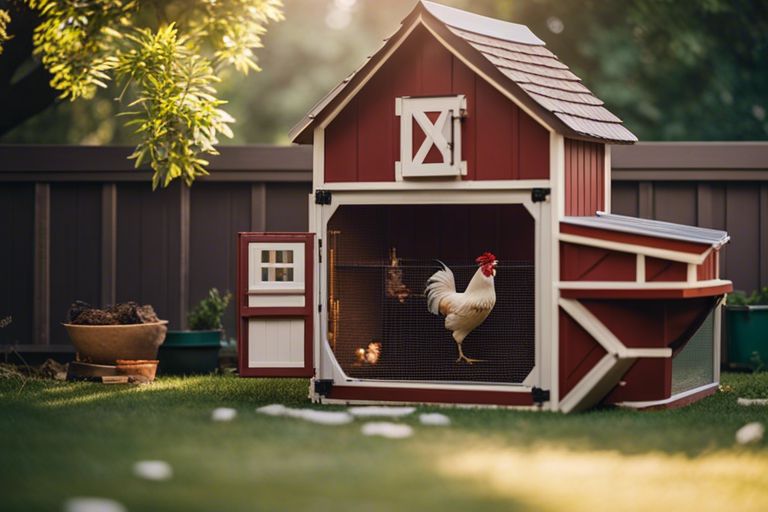
Maintenance and Upkeep
Daily, Weekly, and Monthly Coop Maintenance Tasks
All flock keepers know that maintaining a clean and functional coop is vital for the well-being of their chickens. One must regularly check for any signs of wear and tear, as well as ensuring that food and water sources are clean and replenished. Daily tasks may include gathering eggs, removing soiled bedding, and checking for any pests. Weekly tasks could involve a deeper clean of the coop, such as scrubbing down surfaces and checking ventilation. Monthly tasks might include inspecting the structure for any needed repairs or maintenance.
Addressing Common Coop Problems
Any experienced chicken keeper knows that despite their best efforts, common coop problems can arise. From pests infestations to structural damage, being prepared to address these issues promptly is vital. Whether it’s installing predator-proofing measures, repairing a leak in the roof, or treating for mites, addressing common coop problems swiftly can prevent larger issues from arising.
Maintenance of your coop is crucial in ensuring the health and safety of your flock. Regularly inspecting and addressing any issues that arise will help to create a happy and healthy environment for your chickens to thrive. By staying proactive with maintenance tasks and addressing common coop problems as they arise, you can ensure that your coop remains a safe and comfortable home for your feathered friends.
Summing up
The process of building the perfect coop for your flock is crucial for their well-being and safety. From selecting the right location and materials to considering ventilation and predator-proofing, every detail matters. By following the guidelines laid out in “Rooster Roosts – Building The Perfect Coop For Your Flock,” you can ensure that your chickens have a comfortable and secure living space that meets all their needs. Investing time and effort into constructing a well-designed coop will ultimately lead to healthier and happier chickens, as well as a more efficient and enjoyable experience for you as a poultry owner.
FAQ
Q: Why is a properly built coop crucial for a flock of roosters?
A: A properly built coop provides protection from predators and the elements, ensures the health and safety of the roosters, and promotes egg production and overall well-being of the flock.
Q: What are the key factors to consider when building a rooster coop?
A: Key factors to consider include proper ventilation, insulation, predator-proofing, adequate space per rooster, easy cleaning and maintenance, and roosting and nesting areas.
Q: How can I ensure proper ventilation in the rooster coop?
A: Proper ventilation can be achieved by installing windows, vents, and/or fans to ensure good air circulation while preventing drafts that could harm the roosters.
Q: What materials are best suited for building a rooster coop?
A: The best materials for building a rooster coop are sturdy wood, such as cedar or pressure-treated lumber, hardware cloth for predator-proofing, and metal roofing for durability.
Q: How can I predator-proof the rooster coop?
A: Predator-proofing measures include burying hardware cloth around the perimeter to prevent digging, using latches and locks on doors, and ensuring there are no gaps or openings where predators could enter.
Q: How much space does each rooster need in the coop?
A: Each rooster should have a minimum of 4 square feet of space in the coop to move around comfortably, stretch their wings, and roost at night without feeling cramped.
Q: What are some tips for maintaining a clean rooster coop?
A: Tips for maintaining a clean coop include regularly removing soiled bedding, using deep litter method for easy cleaning, and disinfecting the coop periodically to prevent the spread of diseases.
